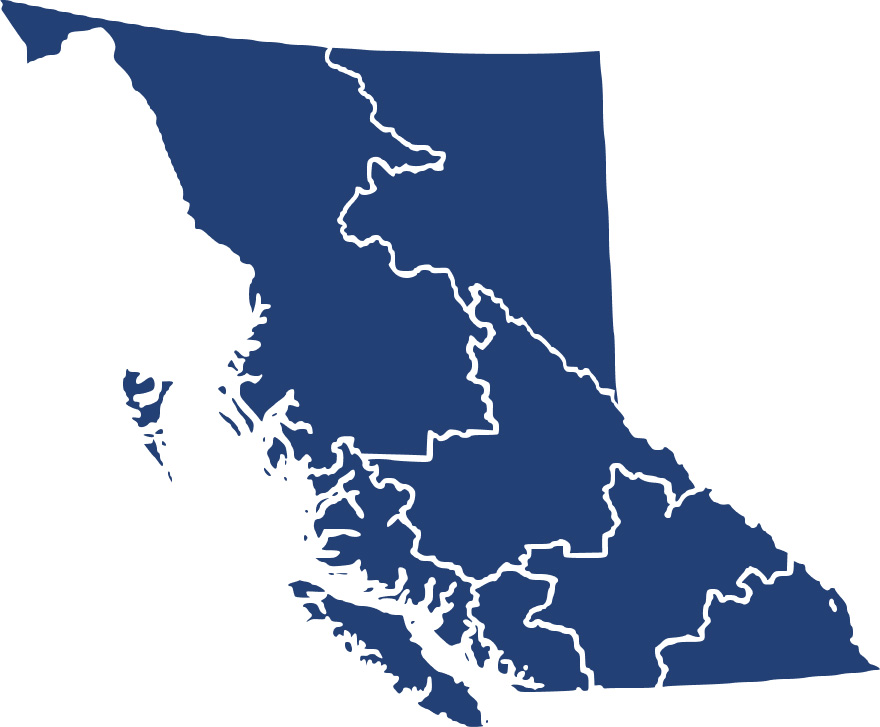Career Overview
Butchers in retail and wholesale prepare cuts of meat, poultry, fish and shellfish for sale in various food establishments.
People in this occupation:
- Work in supermarkets, grocery stores, butcher shops and fish stores
- May be self-employed
- Must be able to work with machinery in a challenging environment
- Have product knowledge, as well as familiarity with food handling, food safety, food preparation and presentation
- Have good interpersonal skills since they often work with the public
Butchers who are supervisors or heads of departments are included in this group.
Duties
Butchers in wholesale and retail, perform some or all of the following duties:
- Cut, trim and prepare cuts of meat, poultry, fish and shellfish according to customer orders
- Prepare meat, poultry, fish and shellfish for special display or delivery
- Shape, lace and tie roasts and other meats, poultry or fish
- May wrap or package prepared meats, poultry, fish and shellfish
- Manage inventory and keep records of sales
- Decide amount, product line and freshness of products according to company and customer needs
- Follow Hazard Analysis and Critical Control Points (HACCP), Canadian Food Inspection Agency (CFIA) and food safety standards
- Make sure food storage conditions are adequate
- May supervise or train other butchers
Earnings
Earnings is income that workers receive in exchange for their labour. Depending on the type of employment, earnings can be in the form of wages (hourly), salaries (fixed monthly or annual) or self-employed earnings.
Work Environment
# Workers Employed
970% Employed Full Time
61%In larger retail outlets, butchers generally work in large rooms with power machines and conveyors. In many other retail markets, butchers work with little or no equipment, cut very little meat and mainly handle "retail-ready" cuts of meat.
These workers are typically less experienced and paid lower wages.
In smaller retail markets, butchers tend to work behind the meat counter or in refrigerated rooms to prevent meat spoilage. Cold temperatures combined with standing for long periods can be tiring.
Butchers are at risk of injuries caused by working with knives, cleavers and various power tools, so they must pay attention to detail and work with care. The repetitive nature of the work can lead to muscle pain and/or repetitive stress disorders.
Some larger commercial employers have adjusted employee workloads or redesigned tasks and tools to create a safer and healthier work environment.
Career Pathways
Individuals entering this occupation typically find employment in entry-level positions (i.e., clean-up or delivery person) in a large organization. If these employees prove reliable and are good with customers, they can be considered for an apprenticeship.
Qualified butchers who have experience may progress to supervisory positions in large organizations, including department managers, in-store supervisors, operations managers or company managers. It is also possible to undertake specialty consulting, become the owner-operator of a smaller store or custom meat operation, or work as a meat inspector in the Canadian Food Inspection Agency.
Progression from industrial butcher positions to higher skilled jobs is possible with experience and on-the-job training in supermarkets, grocery stores, fish stores and butcher shops.
Related Careers
Occupational Interests
It’s important to understand what kinds of occupations align with your interests.
For more about occupational interests visit Skills for the Future Workforce > Characteristics.
Here are the top occupational interest(s) for this career profile:
Job Titles
Education, Training and Skills
Completion of secondary school may be required. Other requirements may include:
- Completion of a college or other butchery training maybe required
- Several years of on-the-job training for retail butchers, which are usually available in larger food stores
Food industry unions in B.C. may offer financial training or support towards entry-level training courses. Large meat cutting plants frequently hire workers with no previous experience and provide minimal training for a specified task.
For more information, please see SkilledTradesBC's website at https://skilledtradesbc.ca.
Those who are certified for an occupation by a regulator elsewhere in Canada can apply for the same certification from the regulator in B.C. Under the terms of the Canadian Free Trade Agreement (CFTA), most applicants who are transferring their credentials from elsewhere in Canada will not be required to complete additional training or testing. However, the B.C. regulator may ask applicants to provide further information such as a letter of good standing, references, or criminal record check.
For those who trained outside of Canada and never received certification from any Canadian jurisdiction, a full assessment is likely needed. Most occupational regulators have a process for assessment and recognize internationally trained applicants.
Contact SkilledTradesBC for details on how to apply for certification in B.C.
For information about labour mobility in Canada, visit www.workersmobility.ca.
View a list of Professional Regulatory Authorities in B.C.
Trades training resources
Visit our trades training page at www.workbc.ca/trades to learn about apprenticeship and trades training in B.C.
Education programs in B.C.

Skills
Every job calls for a certain set of skills. Knowing those skills is the first step in finding a good career fit.
Here, you will find the 10 most relevant workplace skills. Some are more important to achieving success in a certain career than others. These skills may come naturally to you or you may need to gain them through education, training and experience.
See the list of work-related skills below, ranked in order of importance for this career. Check out the list and see if this career matches your skills—take that first step!
Giving full attention to what other people are saying, taking time to understand the points being made, asking questions as appropriate, and not interrupting at inappropriate times.
Using logic and reasoning to identify the strengths and weaknesses of alternative solutions, conclusions or approaches to problems.
Talking to others to share information effectively.
Keeping track of and assessing your performance, other individuals, or organizations to make improvements or take corrective action.
Being aware of others’ reactions and understanding why they react as they do.
Managing one’s own time and the time of others.
Considering the relative costs and benefits of potential actions to choose the most appropriate one.
Adjusting actions in relation to others' actions.
Actively looking for ways to help people.
Understanding written sentences and paragraphs in work-related documents.
Labour Market Statistics
Discover data, facts and information that have been gathered and analyzed. Learn about the characteristics of the economy and labour market in B.C.
Employment
Find out about employment types and trends by region and industry.
Employment
970Employment by Region















| Region | Employment | % Employment of this Occupation |
|---|---|---|
| Cariboo | 15 | 1.6% |
| Kootenay | 45 | 4.7% |
| Mainland/Southwest | 630 | 65.3% |
| North Coast and Nechako | 25 | 2.6% |
| Northeast | 10 | 1.0% |
| Thompson-Okanagan | 90 | 9.3% |
| Vancouver Island/Coast | 160 | 16.6% |
Labour Market Outlook
The B.C. Labour Market Outlook is a 10-year forecast of the expected supply and demand for labour in the province. It’s usually updated every year. The purpose is to provide British Columbians with the knowledge to make informed decisions on careers, skills training, education and hiring.
Forecasted Job Openings (2023-2033)
300Forecasted Job Openings
Forecasted Employment Growth Rate
Composition of Job Openings
Job Openings by Region (2023-2033)















| Region | Job Openings | Avg. Annual Employment Growth |
|---|---|---|
| Cariboo | 10 | 0.2% |
| Kootenay | 10 | 0.4% |
| Mainland/Southwest | 210 | 0.8% |
| North Coast and Nechako | 10 | 1.0% |
| Northeast | Not available | Not available |
| Thompson-Okanagan | 20 | 0.5% |
| Vancouver Island/Coast | 50 | 1.1% |
Industry Highlights
Learn about the opportunities in B.C.'s major industries, including employment trends, earning potential, locations of work and more.
Forecasted Job Openings by Industry
| Industry | Job Openings (2023-2033) |
|---|---|
| Retail Trade | 240 |
| Wholesale Trade | 40 |
| Accommodation And Food Services | 0 |
| Business, Building And Other Support Services | 0 |
| Agriculture And Fishing | 0 |
Resources
-
Food Processing Human Resources Council (FPHRC)www.fphrc.com/en.aspx
-
SkilledTradesBCskilledtradesbc.ca/









